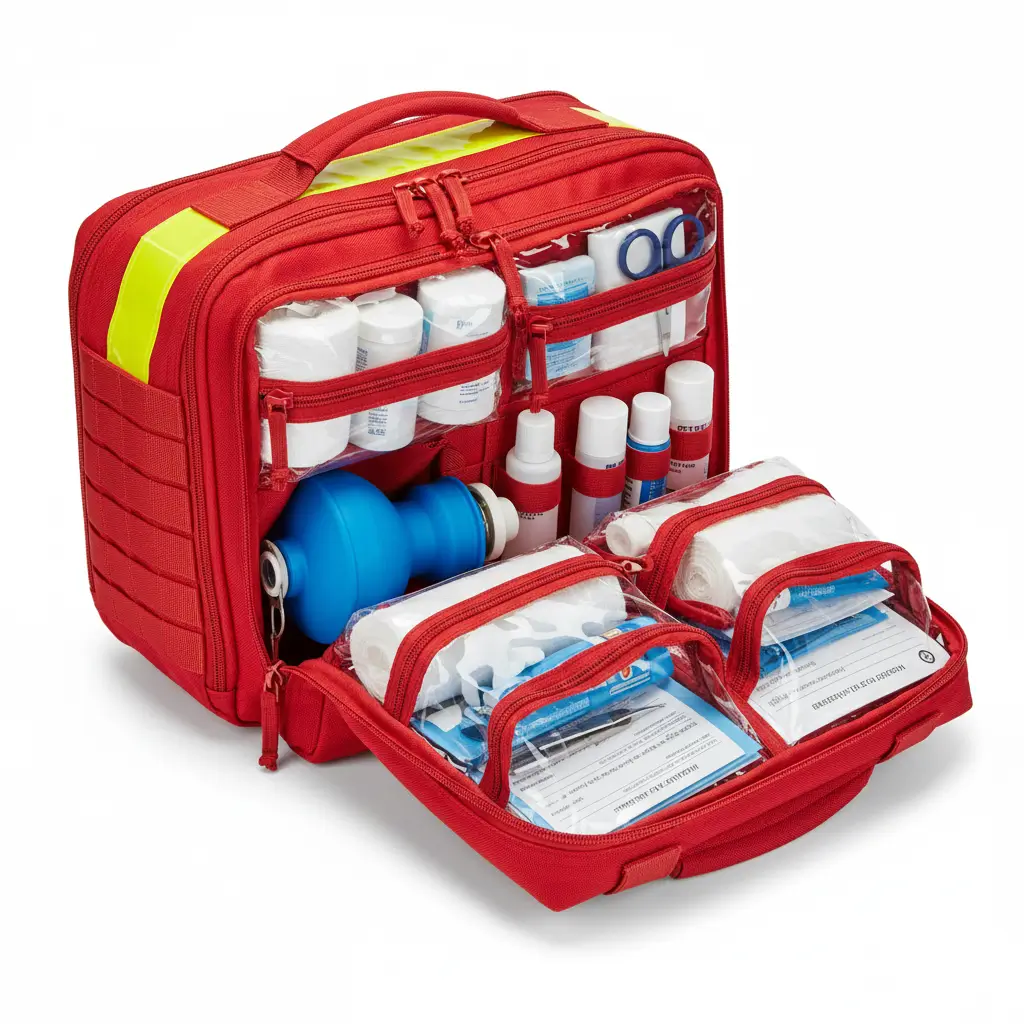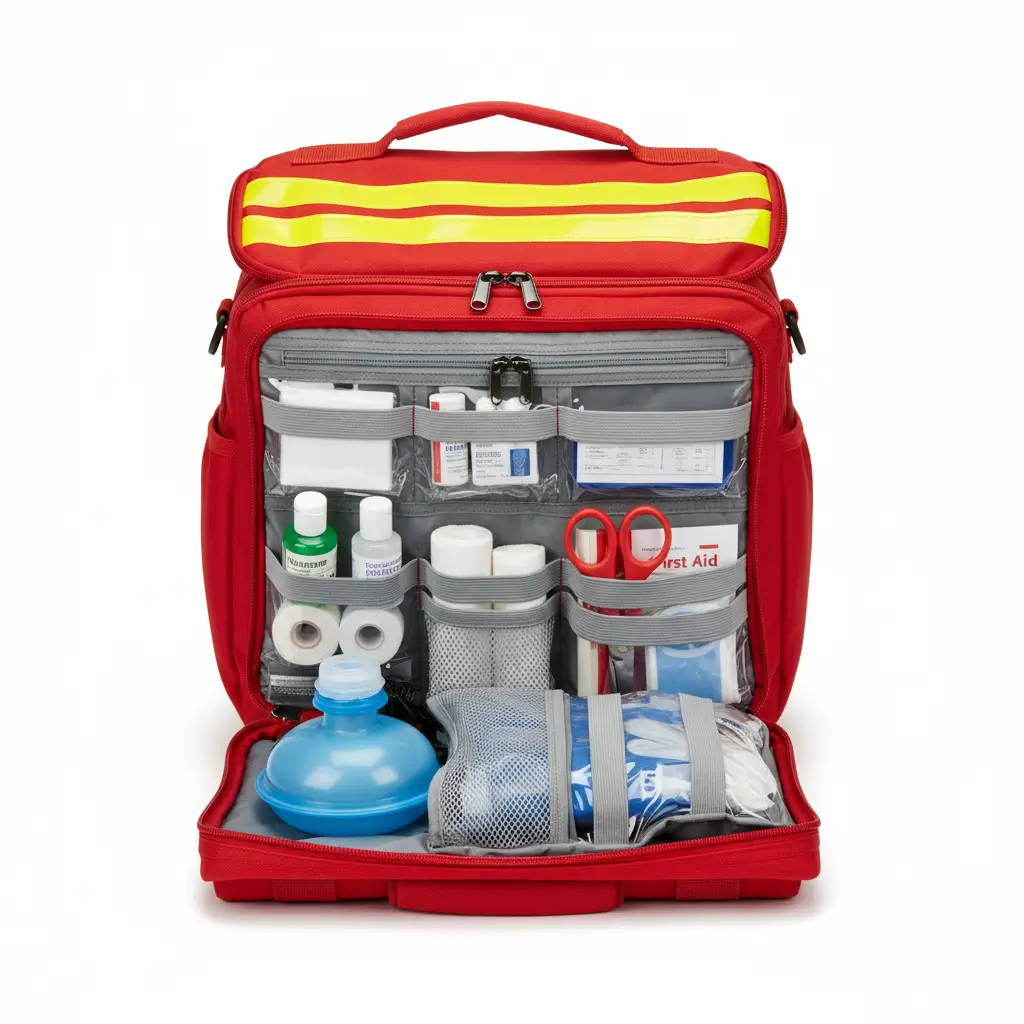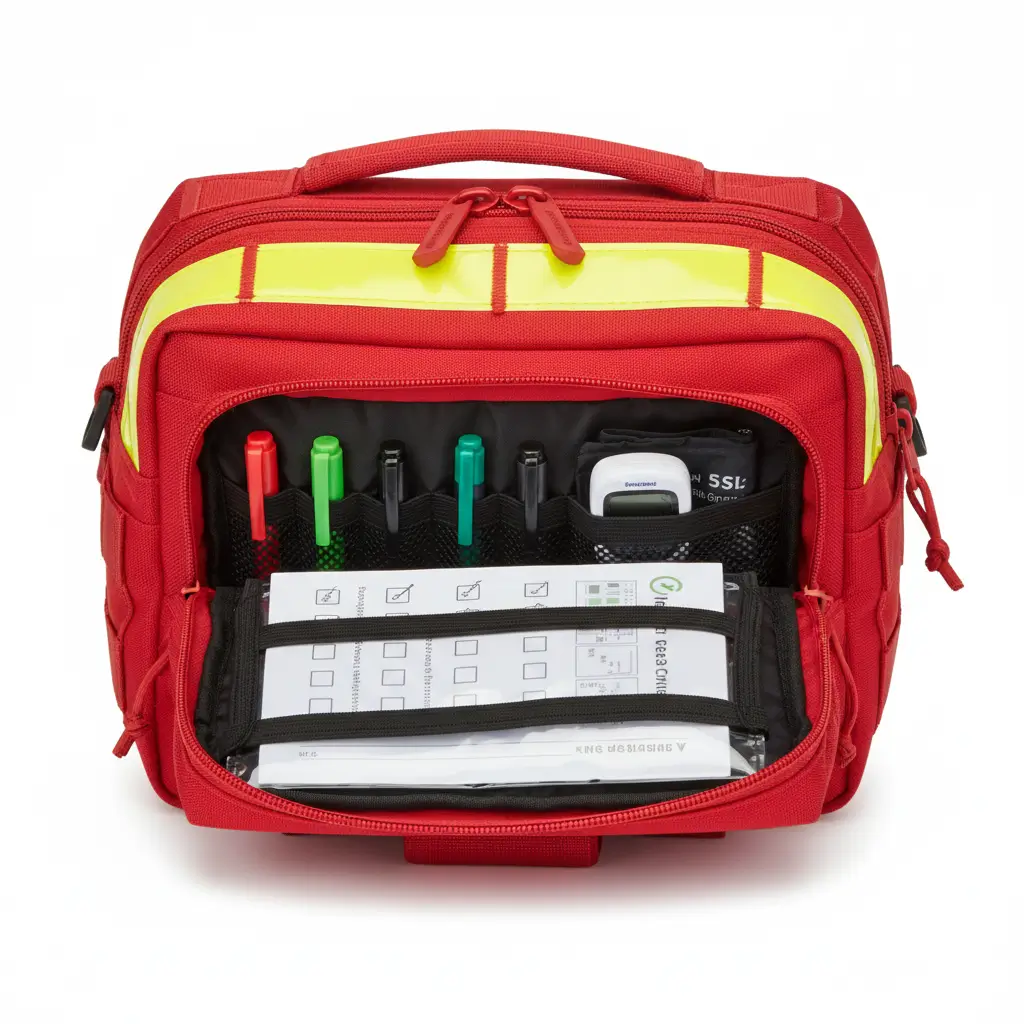
A tactical bag is more than just a piece of equipment; it is a lifeline in field operations where organization, durability, and rapid access to supplies can mean the difference between efficiency and chaos.
For healthcare institutions, corporate safety officers, and caregivers, investing in the right tactical bag ensures critical medical tools and first aid solutions are ready when emergencies strike.
Q1: What is “What 20 Key Features Make a Tactical Bag Essential for Field Operations?” and why does it matter?
A: A tactical bag is designed with durability, modularity, and safety in mind, making it indispensable for healthcare institutions, corporate safety officers, caregivers, and first responders who require reliable gear for mission-critical field operations.
Q2: How does it work / what’s the fast answer?
A: A tactical bag works by combining reinforced fabrics, MOLLE compatibility, hydration systems, and quick-access compartments, ensuring healthcare providers, medical staff, and safety professionals can organize, transport, and deploy critical supplies effectively in demanding environments.
Q3: What should the reader do next?
A: Readers should evaluate tactical bag features that meet their operational needs, integrate compatible medical pouches like the VFM-TFP01, and explore trusted suppliers such as AIDEL to strengthen workplace safety, compliance, and emergency preparedness.
In demanding environments such as factories, hospitals, and field operations, tactical bags provide structured compartments, reinforced stitching, and MOLLE systems for modular expansion.
These features are not only valued by military units and first responders but also by occupational health professionals who require reliable systems to safeguard employee well-being and compliance with safety standards.
AIDEL, a trusted Malaysian provider of medical supplies and first aid solutions, underscores the importance of tactical readiness by offering products like the VFM-TFP01 Tactical First Aid Pouch, designed for seamless integration with tactical bags.
Testimonials from clients reinforce this trust:
“Found them through their website. Dealt through email for stretcher and POP bandage. Easy to deal with… they provide a wide range of First Aid kits as well. Will do more business with you in the future.”
Addeena Dzakwan
“This company a great company to deal with. A good team player and high-quality work.”
Najlaa Farhanah
I love pharmacy here. Their service is good and their pharmacist also soft spoken and knowledgeable.”
Camilia Lia
Such real experiences demonstrate that beyond just equipment, clients value professional service, reliability, and expertise.
This aligns with AIDEL’s mission to be a trusted partner in health and safety, ensuring tactical bags are not only field-ready but also integrated with quality medical solutions.
A tactical bag’s structural integrity determines its ability to carry heavy medical and field supplies without compromising durability.
Healthcare professionals and safety officers benefit from bags that evenly distribute weight and reduce strain during prolonged use.
Rigid frames and padded suspension systems ensure ergonomic load distribution. In healthcare field operations, this means oxygen tanks, splints, and first aid kits remain balanced and secure.
Poorly balanced bags strain the user. A tactical bag designed with chest and hip belts stabilizes loads, enabling medical teams to carry trauma kits efficiently in emergencies.

Attachment systems like MOLLE and PALS define tactical bag modularity. They allow healthcare responders and safety officers to attach essential add-ons like hydration packs, radio pouches, or trauma kits.
The VFM-TFP01 Tactical First Aid Pouch integrates seamlessly into MOLLE systems, enabling quick access to lifesaving supplies in corporate factories and field sites.
Durability matters. Tactical bags made of Cordura nylon or ballistic fabric resist tears, abrasions, and heavy use in both medical and industrial field operations.
Healthcare institutions transporting emergency medical kits require tough materials to endure outdoor missions.
For corporate safety officers, abrasion-proof tactical bags ensure medical gear remains protected during site inspections and emergency responses.
Efficient internal compartments reduce response time during emergencies. Tactical bags provide organized storage for medical consumables, first aid kits, and workplace safety tools.
Compartments help medical professionals organize trauma dressings and splints without confusion.
Rapid access can save lives. Organized storage enables caregivers to treat injuries faster.
Yes. Ventilated back panels and drainage ports keep tactical bags comfortable and functional in hot, humid climates like Malaysia.
Airflow reduces back sweat, important for medical officers moving between wards or industrial floors.
Drainage ports prevent water buildup, keeping medical gear dry.

Quick-access pouches improve efficiency by allowing healthcare teams to grab pens, checklists, or small medical tools without opening the main compartment.
Safety officers need admin panels for site plans and compliance documents.
For caregivers, this ensures blood pressure monitors or oximeters remain within reach.
Reinforced stitching ensures bags withstand heavy gear.
Strain points such as straps and MOLLE webbing must be double stitched for longevity.
Durable bases keep tactical bags stable on rough ground.
Closures protect contents.
These prevent jamming during urgent operations.
Quiet closures reduce disruption during sensitive medical missions.
Hydration systems keep professionals alert during fieldwork.
Supports long shifts in hospitals, factories, and outdoor operations.
Customizable expansion for trauma release kits or hydration packs.
Yes. They allow adaptability across missions.
Capacity expansion for corporate safety audits.
Enable trauma kit mobility for first responders.
Quick-release features save lives during evacuation.
Users can jettison loads quickly.
Handles provide flexibility for caregivers.
Visibility impacts safety.
Useful in outdoor environments.
Bright panels distinguish healthcare responders in crowded sites.

Yes.
Keep sterile equipment safe.
Essential for Malaysian tropical weather.
Comfort matters.
Distribute load evenly.
Reduce fatigue for healthcare workers.
Absolutely.
Ensure reliability.
Meet occupational safety demands.
Yes.
Integration ensures immediate access.
Direct pouch mounting reduces response time.
Strategic placement saves lives.
Life-saving items should be front-loaded.
Custom layouts based on healthcare or industrial roles.
Design features that enhance mobility.
Detach quickly for emergencies.
Allow immediate release under duress.
Validation ensures compliance.
Simulate emergency response scenarios.
Ensure compliance with medical and safety standards.
Failure often stems from poor stitching, weak zippers, or lack of modularity. Choosing durable, certified tactical bags prevents these issues in both healthcare and industrial environments.
A tactical bag is more than just a container—it is an operational necessity that ensures readiness, durability, and efficiency in demanding environments.
From reinforced stitching to MOLLE compatibility, hydration integration, and rapid-access pouches, each feature contributes to reliable field performance.
For healthcare institutions, safety officers, caregivers, and corporate entities, the right tactical bag supports not only mission efficiency but also compliance with health and safety standards.
When equipping your organization or team for field operations, choosing the right tactical bag ensures preparedness and peace of mind.
Enhance your operational safety by integrating medical gear designed for rapid response. Explore the VFM-TFP01 Tactical First Aid Pouch—a versatile solution that seamlessly mounts onto tactical bags, providing instant access to critical first aid supplies.
Invest today in proven solutions that support workplace safety, healthcare preparedness, and field reliability.
Q1: What makes a tactical bag essential for field operations?
A tactical bag offers modular storage, durability, and reinforced designs that support healthcare providers, corporate safety officers, and first responders in organizing and deploying critical supplies efficiently.
Q2: How does a tactical bag benefit healthcare institutions and safety officers?
By providing structured compartments, MOLLE systems, and expandable pouches, tactical bags enable faster emergency response and safer medical supply transport in hospitals, factories, and field sites.
Q3: Why is MOLLE compatibility important in a tactical bag?
MOLLE compatibility allows users to attach specialized gear such as hydration packs, trauma kits, and the VFM-TFP01 Tactical First Aid Pouch, ensuring flexibility and mission-specific adaptability.
Q4: Can a tactical bag replace a standard backpack in field use?
Yes. Unlike standard backpacks, tactical bags are designed for resilience, modularity, and quick access, making them ideal for healthcare, safety, and corporate emergency preparedness.
Q5: How do I choose the right tactical bag for my organization?
Focus on reinforced materials, modular attachments, ergonomic design, and compatibility with first aid pouches. Testing in real-world conditions ensures the bag meets both medical and occupational safety needs.